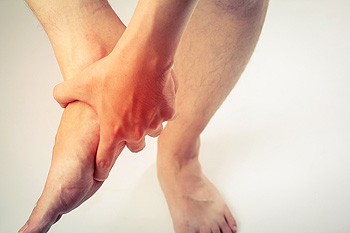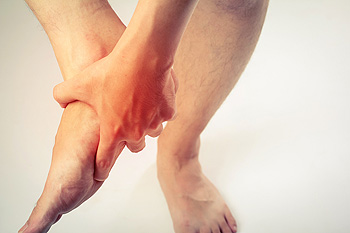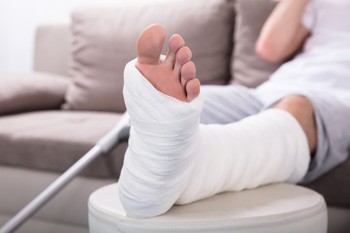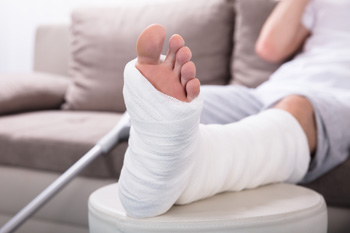 Many people think babies' feet are smaller versions of their own adult feet, despite the fact that they go through a detailed developmental process. There are levels of growth in babies' feet. They start out crawling, and this phase can strengthen the feet by stretching the toes. As children start to walk, their feet become toned, and their soft cartilage begins to harden. It is beneficial to refrain from having your child wear shoes while walking indoors, as this can help to stretch the ligaments, tendons, and muscles that are found in each foot. The first pair of shoes should be worn when walking begins outside. It is important to monitor your child’s foot development and to be aware of any abnormalities if they appear. If you would like additional information about the stages of babies’ foot development, please consult with a podiatrist.
Many people think babies' feet are smaller versions of their own adult feet, despite the fact that they go through a detailed developmental process. There are levels of growth in babies' feet. They start out crawling, and this phase can strengthen the feet by stretching the toes. As children start to walk, their feet become toned, and their soft cartilage begins to harden. It is beneficial to refrain from having your child wear shoes while walking indoors, as this can help to stretch the ligaments, tendons, and muscles that are found in each foot. The first pair of shoes should be worn when walking begins outside. It is important to monitor your child’s foot development and to be aware of any abnormalities if they appear. If you would like additional information about the stages of babies’ foot development, please consult with a podiatrist.
The health of a child’s feet is vital to their overall well-being. If you have any questions regarding foot health, contact one of our podiatrists of Biebel & DeCotiis Podiatry Associates. Our doctors can provide the care you need to keep you pain-free and on your feet.
Tips for Keeping Children's Feet Healthy
- Make sure their shoes fit properly
- Look for any signs of in-toeing or out-toeing
- Check to see if they have Clubfoot (condition that affects your child’s foot and ankle, twisting the heel and toes inward) which is one of the most common nonmajor birth defects.
- Lightly cover your baby’s feet (Tight covers may keep your baby from moving their feet freely, and could prevent normal development)
- Allow your toddler to go shoeless (Shoes can be restricting for a young child’s foot)
- Cut toenails straight across to avoid ingrown toenails
- Keep your child’s foot clean and dry
- Cover cuts and scrapes. Wash any scratches with soap and water and cover them with a bandage until they’ve healed.
If you have any questions, please feel free to contact one of our offices located in Holmdel and Middletown, NJ . We offer the newest diagnostic and treatment technologies for all your foot care needs.









